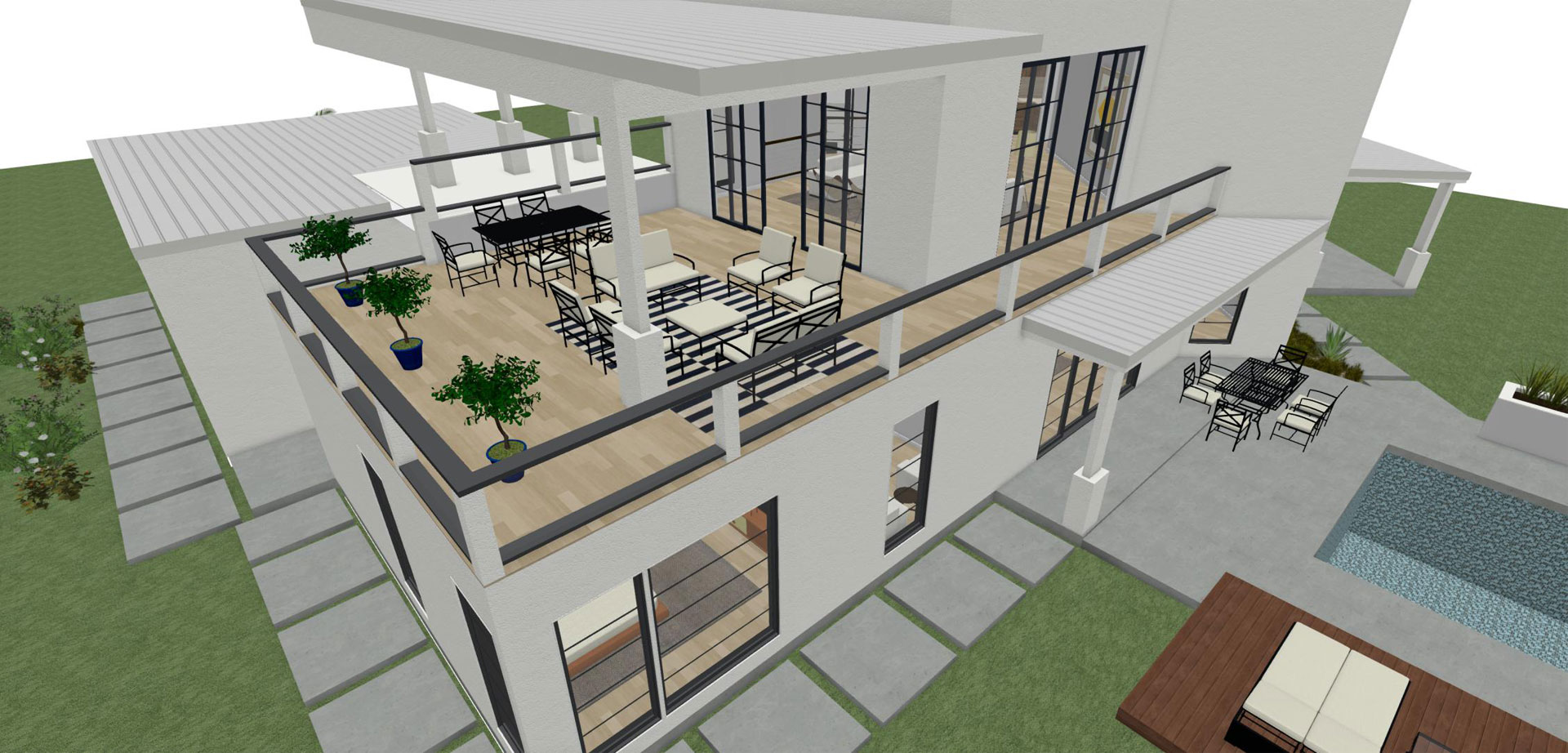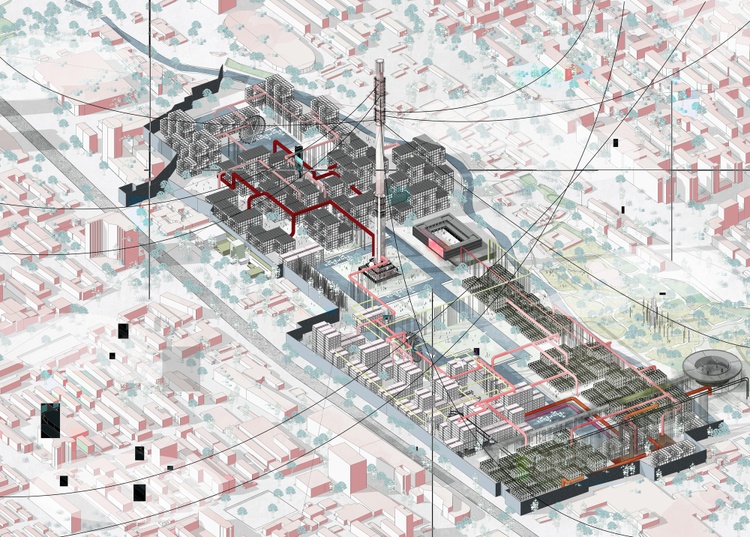How CDA Architects Incorporate Eco-Friendly Practices in Architectural Projects
How CDA Architects Incorporate Eco-Friendly Practices in Architectural Projects
Blog Article
Comprehending the Collaborative Process In Between Designers and Designers in Modern Construction Projects
The collective procedure between architects and designers is necessary in contemporary building tasks, as it balances design intent with design usefulness. This partnership not just affects the visual and useful aspects of a job yet additionally plays an important role in addressing sustainability difficulties. By employing effective communication strategies and leveraging advanced innovations, such as Structure Details Modeling (BIM), groups can function much more cohesively. The intricacies of this partnership commonly present one-of-a-kind difficulties that can impede development. Exploring these characteristics discloses understandings that could dramatically influence task end results and general market standards. cda architects.
The Relevance of Collaboration
The collaborative synergy between engineers and designers is crucial for the successful awareness of any construction job. This partnership combines distinct proficiency and viewpoints, making it possible for the integration of cutting-edge design with sensible engineering services. By working together, architects and designers can make certain that a job not only meets aesthetic and useful requirements however also abides by safety and security, sustainability, and financial constraints.
Partnership cultivates a shared vision, assisting in the positioning of objectives and assumptions from the beginning. This alignment is important in resolving prospective difficulties and mitigating risks that might emerge throughout the task lifecycle. A collective method enables for the efficient allotment of resources, enhancing both time and price.
The value of collaboration expands to the iterative procedure of style and building, where comments from designers can notify architectural decisions, resulting in more viable and sustainable styles. Alternatively, engineers can influence engineers to think artistically regarding exactly how to attain structural honesty without jeopardizing artistic intent. Inevitably, the joint partnership in between architects and engineers is not merely beneficial; it is essential to the development of premium, useful, and innovative developed settings that meet the needs of society.
Communication Methods and Tools
Effective interaction methods and devices are crucial for cultivating partnership in between architects and designers throughout the project lifecycle. Establishing clear channels of interaction is vital to guarantee that all group participants are straightened with job goals, timelines, and duties. Regular meetings, both in-person and online, provide opportunities for stakeholders to talk about progress, address issues, and make informed choices.

In addition, adopting joint communication devices, such as Slack or Microsoft Teams, permits for immediate messaging, data sharing, and recurring conversations, promoting a more agile action to emerging concerns. Paper management systems likewise play an important duty in arranging project paperwork, making sure that all group members have accessibility to the most up to date info.
Shared Objectives and Task Vision
A merged task vision functions as the structure for effective partnership in between architects and engineers (cda architects). This shared vision not just straightens the efforts of both events yet additionally establishes a common structure for decision-making throughout the visit site job's lifecycle. By verbalizing clear goals, stakeholders can efficiently browse the intricacies of modern-day construction projects, making sure that both visual and useful requirements are satisfied
Establishing common objectives involves open discussion and a complete understanding of each discipline's contributions. Engineers normally focus on layout intent, spatial connections, and user experience, while designers highlight structural integrity, systems functionality, and conformity with laws. When these viewpoints are lined up, the result is a natural job that abides by both innovative ambitions and technological expediency.
In addition, a well-defined job vision promotes liability among staff member, encouraging each participant to take ownership of their duty in achieving the desired end result. Regular check-ins and collaborative workshops can additionally reinforce this commitment, enabling modifications to be made as the project develops. Inevitably, a shared vision not just improves synergy however also raises the quality of the final deliverable, causing effective project conclusion.
The Duty of Technology
Leveraging technology has ended up being crucial in improving collaboration between architects and designers. Structure Info Modeling (BIM) stands out as a critical modern technology, allowing both architects and engineers to create comprehensive 3D versions that envelop design intent and architectural honesty.
Additionally, cloud-based platforms make it possible for seamless partnership, permitting task stakeholders to accessibility and update task information from anywhere. This fosters a culture of openness and responsibility, as modifications can be tracked and assessed in real-time. Furthermore, mobile applications more improve communication, supplying on-site groups with instant access to job specifications and updates.
Arising technologies such as fabricated knowledge and maker discovering are also starting to play a duty in anticipating evaluation, helping groups visit this page recognize potential issues before they occur. Inevitably, the duty of technology in architecture-engineering partnership not only boosts process performances yet also boosts technology, resulting in even more successful project results. By welcoming these technical innovations, engineers and designers can guarantee a more natural and effective collaborative process throughout the construction lifecycle.
Instance Researches in Effective Partnerships
Countless situation studies highlight the profound effect of reliable partnerships between architects and engineers on task results. One significant instance is the partnership on the High Line in New York City City, where landscape engineers, designers, and metropolitan planners interacted to transform an abandoned railway right into a vivid public park. This multidisciplinary approach not just boosted the aesthetic high quality yet also guaranteed structural safety and security and environmental sustainability.

The Burj Khalifa in Dubai further demonstrates the significance of collective initiatives - cda architects. The combination of design and design proficiency allowed the task team to achieve unprecedented heights while adhering to security policies and aesthetic vision
These instances highlight the importance of interaction, depend on, and shared purposes. In today's intricate construction environment, such partnerships are essential to navigating difficulties and providing jobs that satisfy both useful and visionary objectives.
Final Thought
In final thought, the cooperation between architects and designers is crucial for the success of modern-day building and construction tasks. Reliable interaction techniques, a shared task vision, and the combination of sophisticated modern technologies are important components that promote this partnership. By fostering a society of liability and leveraging devices such as Building Information Modeling (BIM), groups can navigate project intricacies, making certain that visual, useful, and sustainability purposes are achieved. Ultimately, this harmony results in ingenious and effective project outcomes.
Report this page